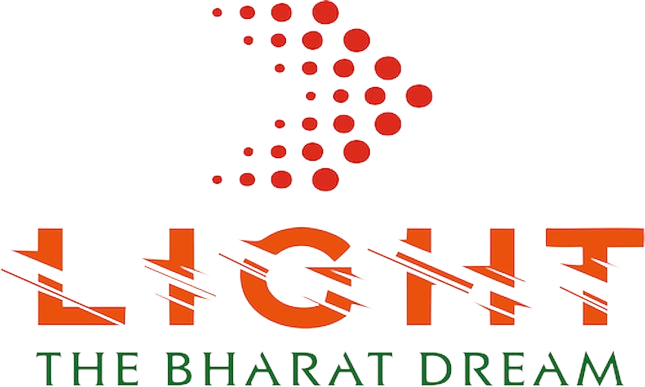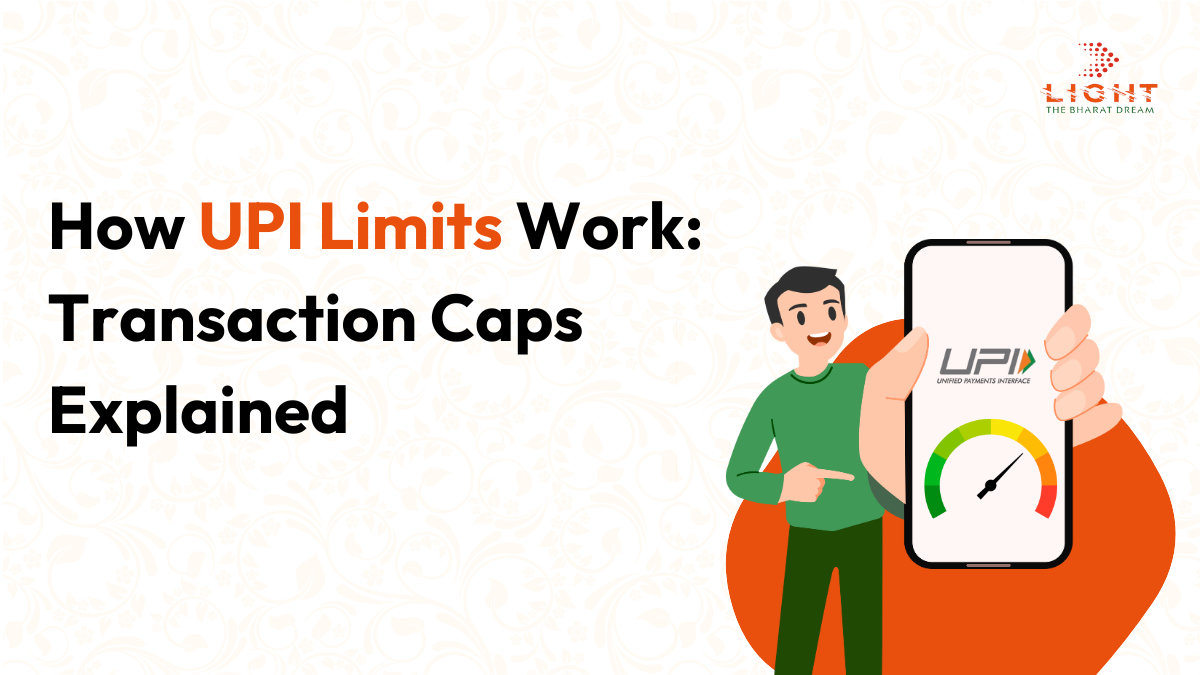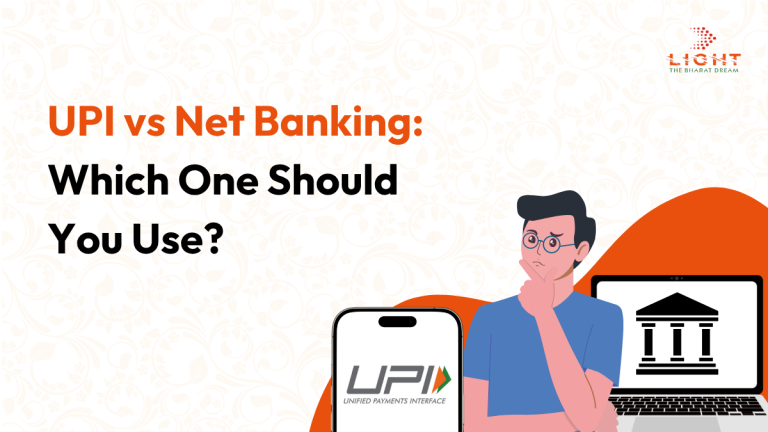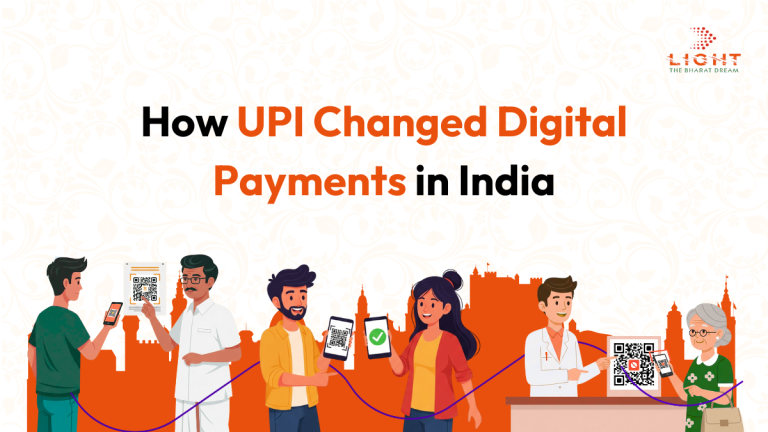How UPI Limits Work: Transaction Caps Explained
Unified Payments Interface (UPI) has transformed the landscape of digital transactions in India, enabling real-time money transfers, bill payments, and merchant transactions across a vast and growing network. However, like any financial system, UPI operates under a defined set of rules and caps to ensure security, prevent misuse, and maintain the stability of the payment ecosystem. This article provides a well-researched, comprehensive breakdown of how UPI limits work, including transaction caps, special exemptions, and recent updates.
Understanding UPI Transaction Limits
Per Transaction Limit
As per the National Payments Corporation of India (NPCI), the governing body for UPI, the standard per-transaction limit is ₹1 lakh for most peer-to-peer (P2P) and peer-to-merchant (P2M) transactions. This limit ensures safe fund movement and reduces the risk of large-scale fraud or accidental transfers. Some banks may set even lower thresholds depending on their risk assessment policies and customer verification levels.
Daily Transaction Limit
The typical daily cap on UPI transactions is ₹1 lakh to ₹2 lakh, depending on the bank and the user’s customer category. This limit applies cumulatively across all UPI transactions, regardless of the number of apps used (e.g., Google Pay, PhonePe, Paytm). The daily limit includes both debit and credit transactions through UPI. For example, HDFC Bank and ICICI Bank usually cap daily limits at ₹1 lakh, while SBI allows up to ₹2 lakh in certain cases, provided KYC is fully completed.
Limits on Number of Transactions
Apart from monetary limits, NPCI also imposes restrictions on the number of UPI transactions per day. While NPCI’s platform does not impose a strict number-of-transactions limit, most UPI apps like PhonePe, Google Pay, and Paytm restrict users to around 20 transactions per day to curb system abuse and ensure service stability. These restrictions also help reduce fraudulent activity by throttling repeated attempts within short durations.
Special UPI Limits for Specific Use Cases
High-Value UPI Transactions (₹5 Lakh Limit)
In December 2021 and reinforced in subsequent updates through 2024–25, NPCI and the RBI allowed an increased transaction limit of up to ₹5 lakh per transaction for specific merchant categories. These include hospital payments, educational institutions, IPO applications, and insurance premiums through verified merchant codes (MCC 9311). This relaxation was made to encourage digital transactions in critical and high-value segments and is applicable only to authorized and verified institutions.
Capital Markets and Insurance
For payments to capital markets and insurance firms, UPI allows transactions up to ₹2 lakh per day. These transactions are typically processed via platforms like BSE, NSE, and insurance company portals integrated with UPI, and they support real-time fund transfer with added security checks.
UPI Autopay and Mandates
NPCI also supports UPI Autopay for recurring payments like OTT subscriptions, loan EMIs, SIPs, and insurance renewals. As per the latest norms, users can set up e-mandates for recurring payments up to ₹15,000 without needing additional authentication after the first transaction. Higher mandates may require user consent every time.
API Rate Limits Introduced in 2025
In response to increasing server load and outages, NPCI introduced new restrictions on non-financial UPI APIs starting August 1, 2025. As per guidelines reported by Times of India and Financial Express, UPI service providers and apps will be allowed a maximum of 50 balance check requests per user per day. Requests for viewing linked accounts are capped at 25 per day. AutoPay transactions and balance inquiries are also restricted during peak hours (10 AM–1 PM and 5 PM–9:30 PM) to reduce the load on bank servers and maintain real-time service availability. Additionally, UPI status checks are restricted to three attempts, each separated by a minimum of 90 seconds.
Impact on Users and Businesses
Individual Users
For individual users, these limits serve as a layer of protection against unauthorized access and potential loss. They ensure that even if someone gains access to a user’s UPI credentials, the financial exposure is minimized. The ₹1 lakh cap per transaction, combined with app-level and bank-level controls, provides a balanced trade-off between convenience and security.
Merchants and Small Businesses
Businesses accepting UPI payments benefit from the ability to handle instant, cost-effective transactions. However, for high-value payments above ₹1 lakh, they must either split transactions or ensure their UPI merchant accounts fall under approved categories eligible for the ₹5 lakh limit. Educational institutes, healthcare providers, and other high-ticket businesses must onboard through authorized MCC codes to avail the expanded limit.
Large Corporates and Institutions
For corporates, banks can customize UPI infrastructure to support higher thresholds. Corporate UPI accounts may be equipped with more robust authentication layers, dedicated channels, and higher caps based on prior agreement with banks. However, such configurations are not universally available and depend on the enterprise’s relationship with the bank.
Security and Regulatory Compliance
Authentication Protocols
Every UPI transaction goes through multi-factor authentication, including a device binding layer, mobile number verification, and UPI PIN entry. This ensures that even if the UPI ID is known, unauthorized transactions cannot occur without the UPI PIN and the registered device.
Regulatory Oversight by NPCI and RBI
Both NPCI and the Reserve Bank of India continuously monitor UPI traffic and trends to fine-tune the platform’s operational rules. Banks are required to comply with limits imposed by NPCI and must also report suspicious transactions. The dynamic nature of these limits ensures that as UPI grows in scale and complexity, so do the safeguards.
Recent Developments and Future Outlook
The exponential growth of UPI, now accounting for over 60% of India’s retail digital payments volume, is prompting frequent updates to transaction limits and risk policies. With over 11 billion transactions processed monthly (as of mid-2025), NPCI is focusing on improving system resilience through load management, user protection, and smart rate controls.
Going forward, stakeholders can expect UPI limits to evolve further—particularly with the expansion into cross-border payments, credit on UPI, and corporate UPI solutions. Users and merchants are advised to stay updated with their banks’ policies and NPCI announcements to avoid disruptions and maximize usage.
Conclusion
UPI’s transaction caps serve as essential guardrails in a system that handles billions of rupees in transactions daily. Whether you’re a casual user sending money to friends or a merchant accepting large-value payments, knowing the applicable per-transaction, daily, and category-specific limits is critical. As the UPI ecosystem grows, these rules will likely be refined further, ensuring that India’s flagship digital payment platform remains secure, scalable, and user-friendly.







